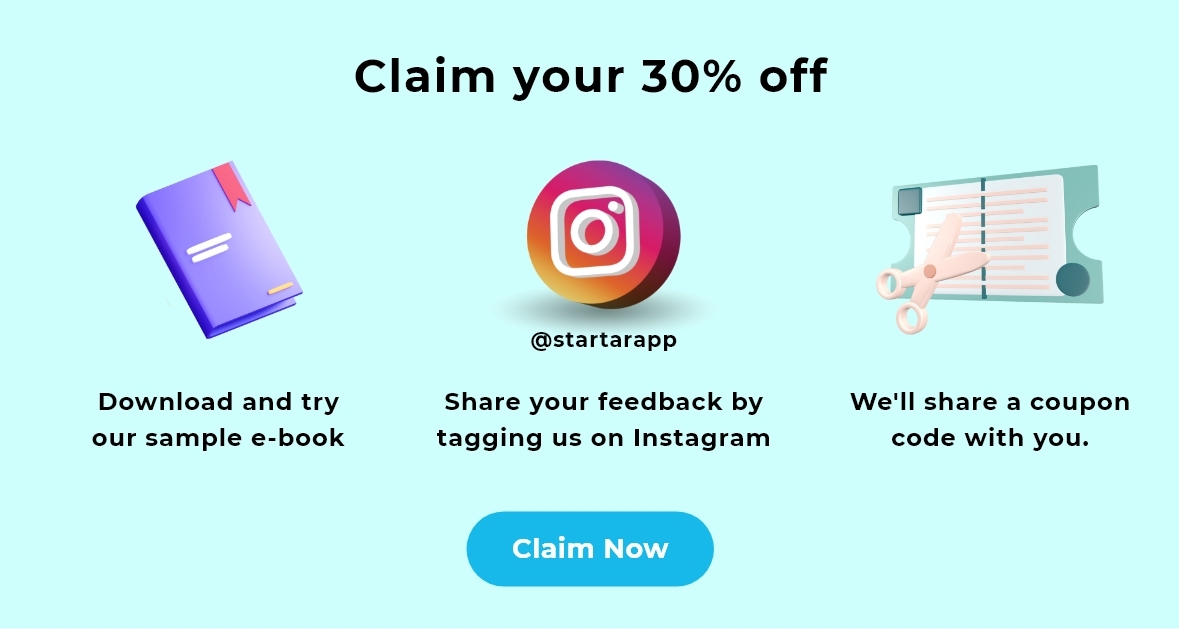In today’s dynamic learning landscape, educators and trainers are constantly seeking innovative ways to engage learners and enhance knowledge retention. Two popular approaches gaining traction are gamification and game-based learning (GBL). While both leverage the power of games, they differ significantly in their application and impact. Understanding these nuances is crucial for choosing the right approach for your specific learning goals.

What is Gamification learning?
Gamification refers to the strategic integration of game-like elements (points, badges, leaderboards, etc.) into non-game contexts, like eLearning modules, interactive AR books for kids websites, or even daily tasks. Its primary aim is to increase engagement, motivation, and desired behaviours through intrinsic and extrinsic rewards.
Key elements of gamification
Points: Assign points for completing tasks, achieving goals, or participating actively.
Badges: Award badges for specific achievements or milestones, fostering a sense of accomplishment.
Leaderboards: Create friendly competition by ranking learners based on points, encouraging healthy rivalry.
Progress bars: Visually represent progress towards goals, promoting a sense of accomplishment and motivation.
Challenges and quests: Introduce challenges and quests to add excitement and encourage exploration.
Benefits of gamification learning
Increased engagement: Gamification elements make learning more interactive and enjoyable, leading to higher engagement and participation.
Improved motivation: Rewards and recognition systems boost intrinsic and extrinsic motivation, driving learners to persist.
Enhanced knowledge retention: Gamified activities promote active learning and make information more memorable.
Positive behaviour change: Gamification can be used to encourage desired behaviours and habits.
Challenges of gamification learning
Overly focusing on rewards: If rewards overshadow the learning itself, it can lead to extrinsic motivation that fizzles out without them.
Poorly designed elements: Inappropriate or irrelevant game elements can distract from learning and backfire.
Not suitable for all learning objectives: Gamification may not be ideal for complex concepts requiring deep understanding.
What is Game-Based Learning (GBL)?
Game-based learning or GBL involves using fully designed games specifically created for educational purposes. These games immerses learners in engaging scenarios where they actively apply knowledge and skills to solve problems, make decisions, and achieve goals.
Key features of game-based learning
Immersive narrative: Engaging story and characters draw learners into the learning experience.
Interactive gameplay: Learners actively participate in the game, applying knowledge and skills in real-time.
Challenge and progression: Games offer increasing difficulty levels, keeping learners engaged and motivated.
Feedback and debriefing: Games provide feedback on performance and opportunities for reflection, leading to improved learning.
Benefits of game-based learning
Deep understanding: GBL promotes mastery through active learning and application of knowledge.
Increased motivation: Engaging gameplay intrinsically motivates learners and fosters a desire to progress.
Development of critical skills: Games can help develop decision-making, problem-solving, and critical thinking skills.
Improved collaboration and communication: Multiplayer games encourage teamwork and communication skills.
Challenges of game-based learning
Development cost: Creating high-quality GBL experiences can be time-consuming and expensive.
Alignment with learning objectives: Ensuring the game effectively teaches the intended knowledge and skills is crucial.
Not suitable for all learners: Some learners might prefer traditional learning methods.
Choosing the Right Approach
The best approach depends on your specific learning objectives and target audience. Here’s a quick guide:
Use gamification: When you want to increase engagement, motivation, and desired behaviors in existing learning activities or processes.
Use game-based learning: When you want to create an immersive and engaging learning experience that promotes deep understanding and skill development.
Remember, both gamification and GBL are powerful tools for enhancing learning, but they serve different purposes. Understanding their nuances and choosing the right approach can significantly boost your learning outcomes.




